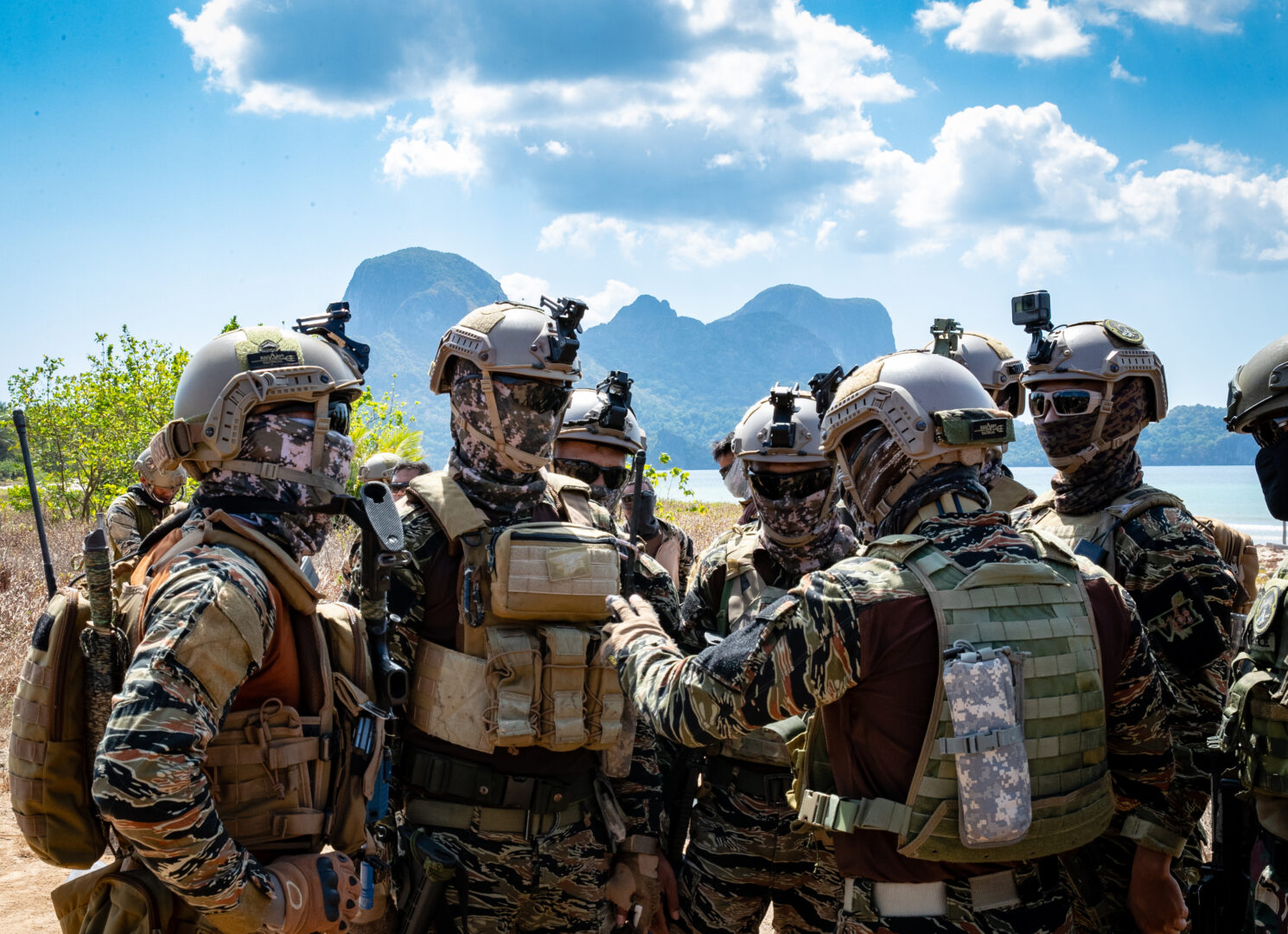Why U.S. and Taiwan Agree to Arms Sales?
The landslide re-election victory of Taiwan’s independence-leaning president, Tsai Ing-wen, may exacerbate already tense relations across the Taiwan Strait. In remarks that are sure to anger Beijing, the President-elect has stated that the self-ruled island is “an independent country already [called] the Republic of China, Taiwan.” In doing so, President Tsai imposed her controversial interpretation of Taiwan’s status on the “1992 Consensus,” which is fundamental to maintaining peace and stability across the Taiwan Strait.
Indeed, President Tsai’s victory is emblematic of a broader trend towards pro-independence and anti-China attitudes in Taiwan. With the Cross-Strait dialogue moribund and the number of its formal allies shrinking, Taiwan has opted to seek out stronger bilateral relationships with foreign governments, including the United States, as a means of legitimizing self-rule. In particular, Taipei has seen arms sales as a useful means not only to bolster its defensive capabilities, but also as a vehicle for enhancing its international relationships.
Between FY2000 and FY2020, Taiwan has been among the top five purchasers of U.S. weaponry, with $17.9B in notified transfers over the last two decades. Nevertheless, each notified sale has prompted a volley of criticism and warnings from Beijing, and has increased Cross-Strait tensions. Given the obvious ire American arms sales to Taiwan seem to spark across the Strait, it is important to understand Taiwan’s case for arms acquisition in defiance of China’s diplomatic and military coercion and the impact of such exchanges on the U.S. Indo-Pacific strategy.

Taiwan’s Case for Arms Acquisition
Taiwan’s continuous military procurement reflects its determination to improve its defense capability, regime survival odds, and diplomatic status against the backdrop of an increasingly asymmetric power balance across the Strait.
Although far from matching China’s military strength, Taiwan’s arms acquisitions improve its “Porcupine”-like defense capability. Recent acquisitions of F-16 Block 70, M1A2T tanks, and FIM-92 missiles may not merely deter Chinese initial attack by raising the risks and costs Beijing has to bear during the war, but expose Chinese coastal areas, particularly Shanghai and Guangdong, to military retaliation.
In alignment with their military strategy for regime survival, Taiwan has developed resilient and agile anti-ballistic missile systems and air defense networks, which has been a crucial component of Taiwan’s “Hard ROC” Fortification Defense. The term refers to Taiwan’s concentration on developing adequate abilities to sustain itself under the weight of an immediate threat from the mainland, and to protract any conflict until foreign intervention can be secured. According to Su Chi, former Secretary-General of the National Security Council in Taiwan, China’s risk calculus will be substantially altered if it cannot ensure a swift conquest as a fait accompli prior to U.S. action.
Finally, closer defense ties also provide important diplomatic benefits to Taipei. For Tsai’s administration, U.S. arms sales may serve as a conventional barometer to gauge the current willingness of the U.S. to commit itself to Taiwan’s security in event of Chinese aggression. Lengthy discussions of military procurement and post-purchase training and exercise may also generate valuable chances for Taiwanese politicians to highlight Taiwan as one keystone for America’s First Island Chain strategy. Substantial U.S. arms sales may also open the door for additional diplomatic support and foreign assistance, offering Taiwan more leverage vis-à-vis China.
Strategic Implication for the U.S.
From the U.S. perspective, routine arms sales and assistance to Taiwan are a signal of its commitment to Taiwanese security and the strategic priority of the Asia-Pacific. In effect, America’s past intervention in previous Taiwan Strait Crises, the approval of Taiwan Relations Act in 1979, and a steady flow of arms have given the impression that the U.S. has staked out a strong position in preventing Chinese aggression towards the vulnerable island.
The U.S. 2018 National Defense Strategy, which labels China as “the central challenge to U.S. prosperity and security,” prioritizes security cooperation and military exchanges with Taiwan and aligns with the new U.S. national defense posture. For other American allies in the region such as Japan, Vietnam, and Philippines, who are also concerned of China’s military assertiveness, the growing U.S.-Taiwan defense ties will not only demonstrate American support for key allies in the region, but also set an important precedent for the U.S. engagement in the Indo-Pacific.
Conclusion
Though Taiwan’s military procurement may continue to aggravate Beijing, it remains a central mechanism for deterring the mainland from resorting to military reunification. Even though China’s rapid military growth may eventually upset the status quo, it still has a long way to go before the potential benefits of a military invasion outweigh the risks. Until then, U.S. arms sales remain a crucial component of Taiwan’s security architecture and in preventing Cross-Strait conflict.
